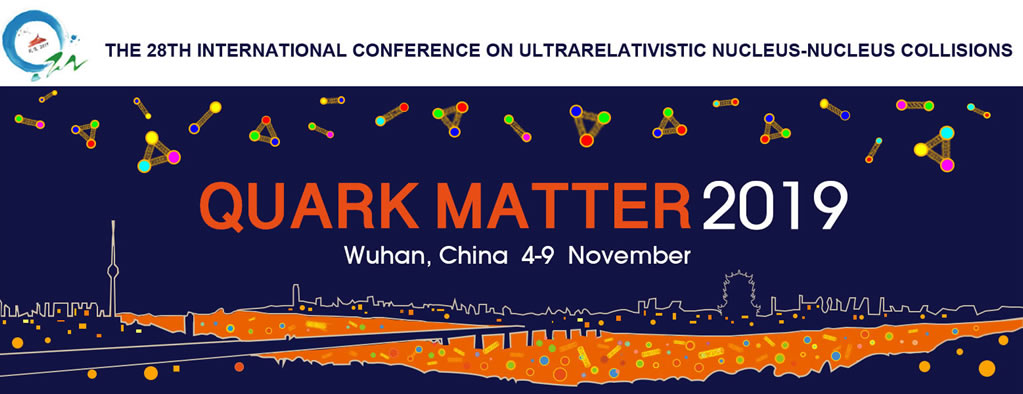Speaker
Description
Recently there have been rapidly growing interests in understanding the properties and phase structures of matter under extreme fields like magnetic field or global rotation. Examples of such physical systems come from a variety of different areas, such as the hot quark-gluon plasma in peripheral heavy ion collisions, dense nuclear matter in rapidly spinning neutron stars, lattice gauge theory in rotating frame, cold atomic gases as well as certain condensed matter materials. In particular rotation has nontrivial interplay with microscopic spin degrees of freedom through the rotational polarization effect and could often induce novel phenomena. For example, there are highly nontrivial anomalous transport effects such as the chiral vortical effect and chiral vortical wave in rotating fluid with chiral fermions. A generic effect is the rotational suppression of fermion pairing in the zero angular momentum states, which has been demonstrated for e.g. chiral phase transition and color superconductivity in the strong interaction system (Y.~Jiang & J.~Liao, Phys. Rev. Lett. 117, no. 19, 192302 (2016)).
We investigate the mesonic condensation in isospin matter under rotation and demonstrate two important effects of the rotation on its phase structure: a rotational suppression of the scalar-channel condensates, in particular the pion condensation region; and a rotational enhancement of the rho condensation region with vector-channel condensate. A new phase diagram for isospin matter under rotation is mapped out on the $\omega-\mu_I$ plane where three distinctive phases, corresponding to $\sigma$, $\pi$, $\rho$ dominated regions respectively, are separated by a second-order line at low isospin chemical potential and a first-order line at high rotation which are further connected at a tri-critical point.
Refs: arXiv: 1812.11787; Phys. Rev. Lett. 117, no. 19, 192302 (2016); in preparation
